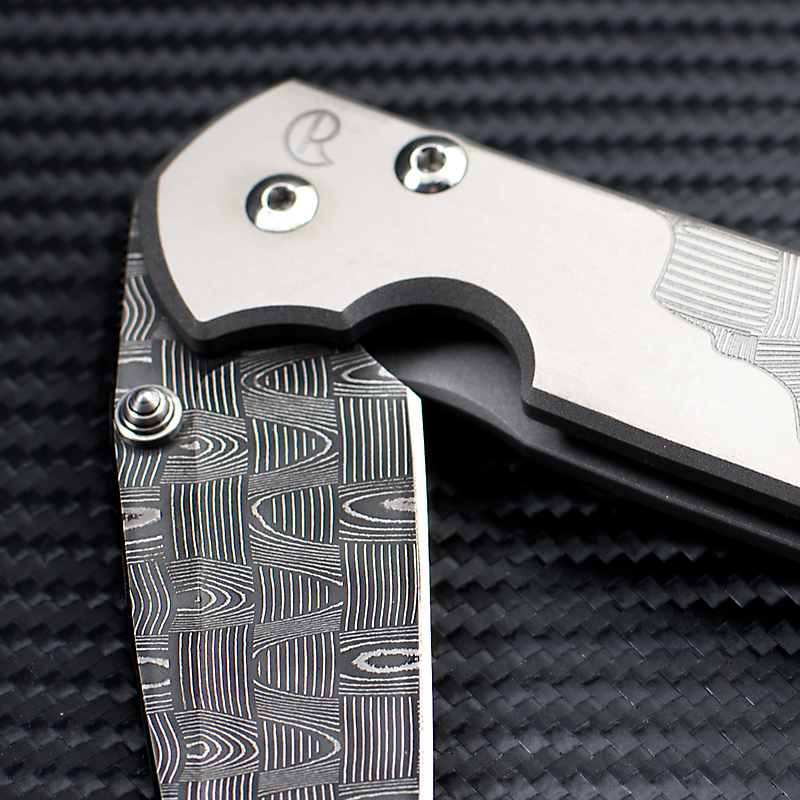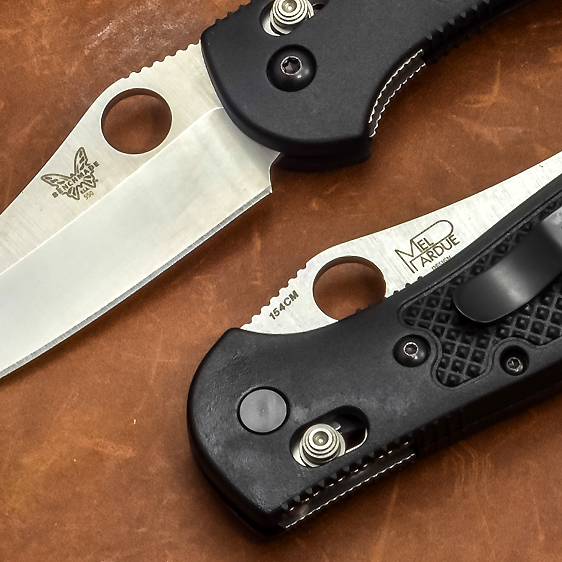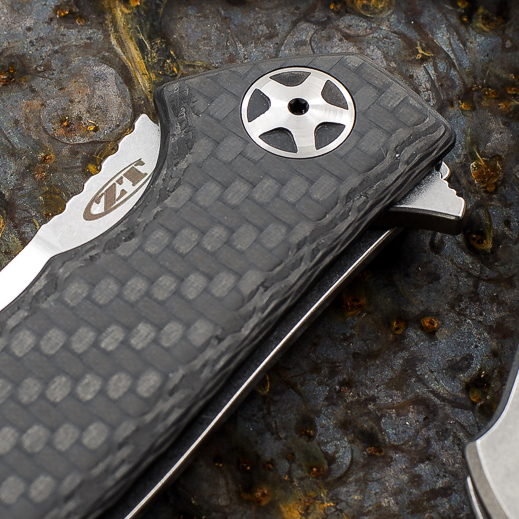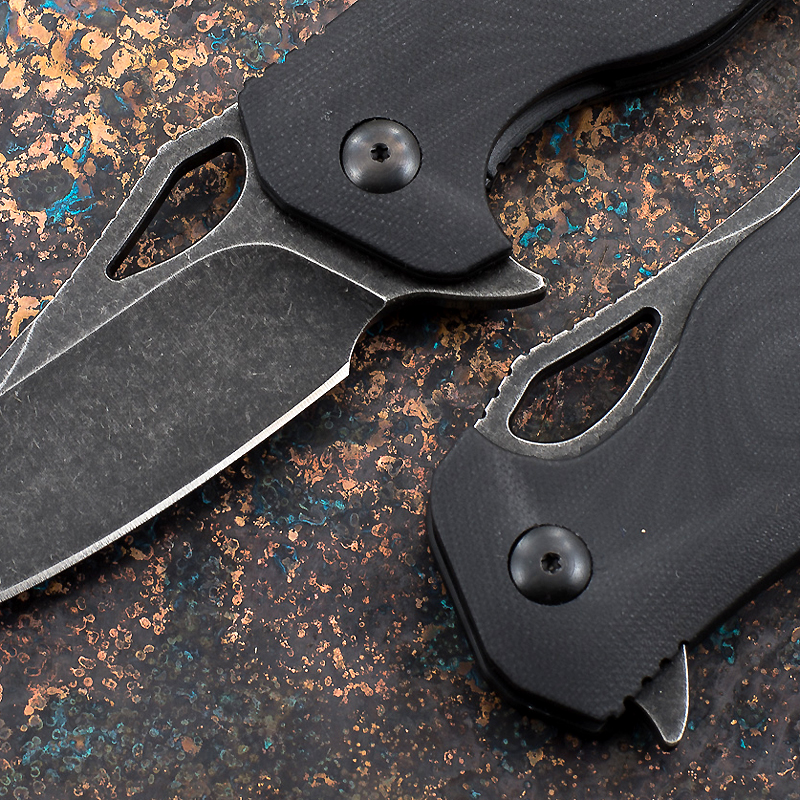3 Ways to Open a Folding Knife*
21st Sep 2015
3 Ways to Open a Folding Knife*
(*that your granddad might not recognize)
Depending on how old you are, you may never have lived in a world without folders designed to be opened with just one hand. But once upon a time, believe it or not, deploying a folding knife required two hands -- which usually meant digging a thumbnail into a machined "nick" near the spine of the blade and pulling the blade out of the handle.
Knives like that are still with us, of course, in the form of traditional slipjoint pocketknives like those carried for many generations. For the last 30 years or so, however, one-handers have become wildly popular. Here are a few things that might have our elders scratching their heads.
1. The thumb stud. Arguably the most common one-hand-opening feature, the thumb stud is employed by Benchmade, Chris Reeve, Kershaw, Spartan Blades and other knife manufacturers.
A thumb stud essentially replaces the nail nick found on more traditional knives. The principle is pretty straightforward -- grasp the folded knife, place the tip of your flexed thumb on the stud and extend your thumb to swing the blade through its arc until the blade is fully open.
Knives with a thumb stud usually incorporate a locking mechanism of some sort. If the stud extends through the blade (protruding on both sides), the knife can be opened with either hand.
2. The thumb hole. Since the 1980s, the familiar round hole has most often been associated with folding knives from Spyderco. Over the years, numerous other knifemakers have adopted or adapted the feature -- Benchmade and Brous Blades, to name two.
There's good reason for this industrial mimickry -- the thumb hole works.
Opening a folder equipped with a thumb hole (or a similar opening, like a slot) is just like using a thumb stud. By its very design, it's ambidextrous. And many knife lovers favor a hole because, unlike a stud, it doesn't protrude from the blade.
3. The flipper. If you judge this to be a relative newcomer on the one-hand-opening scene, you'd be right -- at least in terms of its popularity. Benchmade has made a flipper or two, but it's most often associated with Brous Blades and, of course, Zero Tolerance and Kershaw.
While studs and holes enlist a thumb to open the knife, a flipper employs an index finger, and the feature is naturally ambidextrous. Some folks report that deploying a flipper reliably takes a bit of practice, and we're inclined to agree.
An essential element of a great flipper is a high-quality pivot mechanism. Two manufacturers, in particular, do their pivots extraordinarily well -- namely, the Brous Blades proprietary bearing system and Zero Tolerance's smooth-as-glass KVT ball-bearing system.
One more thing before we leave this topic (and this'll really confuse grandpa) -- some folding knives combine more than one of the features we just covered.
A number of models produced by Brous Blades, for example, include both a flipper and a variation on the thumb hole. This gives the user two options, tailoring one-hand opening to task, aptitude or comfort.
Some knives also incorporate a spring assist. Zero Tolerance and Kershaw are known for their SpeedSafe feature, usually in combination with a flipper, and several of Benchmade's thumb-stud models are spring-assisted as well.





